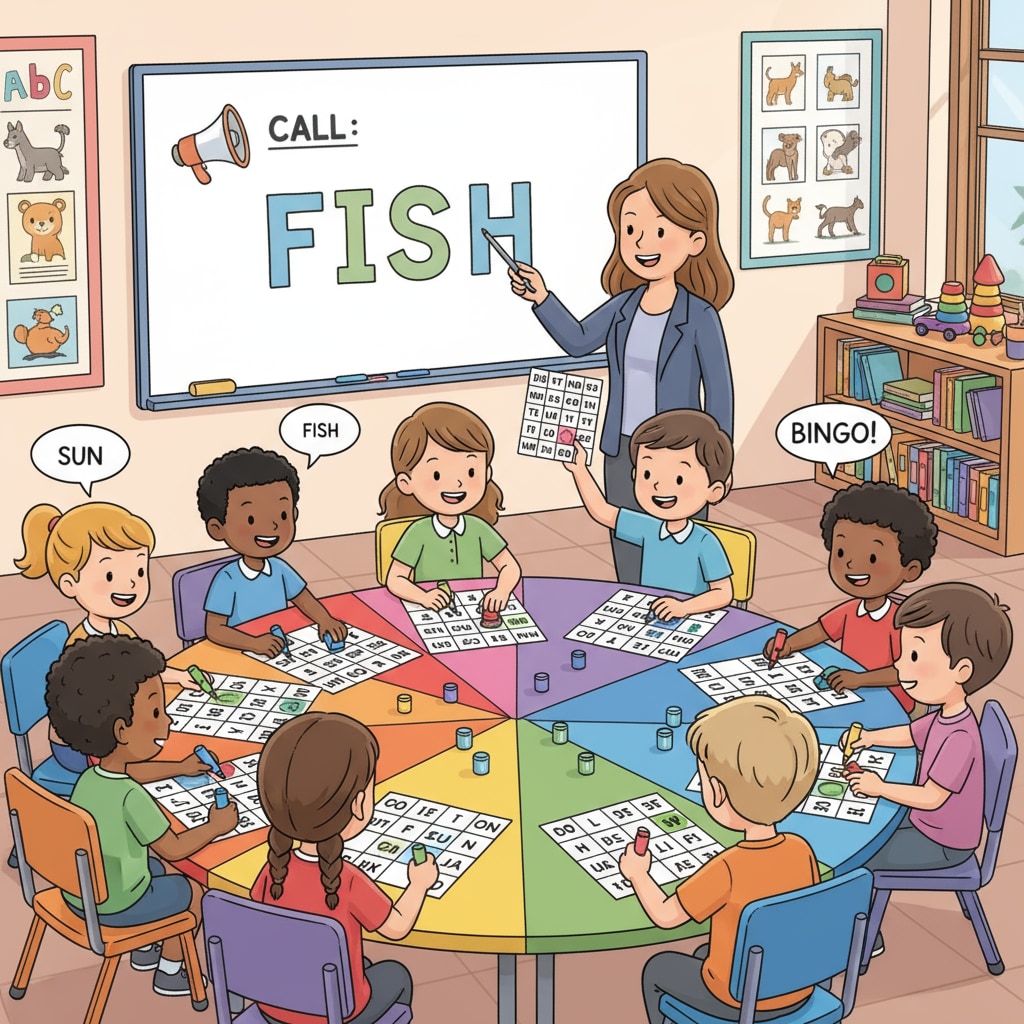Language teaching in primary education, especially English learning for lower primary students, is a crucial aspect of a child’s educational journey. In today’s globalized world, early exposure to English equips children with valuable communication skills. However, finding the most effective teaching methods is essential. Let’s explore some approaches that can make English learning engaging and productive for these young learners.

Traditional Teaching vs. Modern Approaches
Traditional English teaching often involved rote memorization of vocabulary and grammar rules. While this has its merits, it may not fully engage the active minds of lower primary students. Modern approaches, on the other hand, focus more on creating an interactive and immersive environment. For example, gamified learning has gained popularity. This method turns learning into a fun activity, motivating students to participate. According to Britannica on Education, engaging students through play can enhance their learning experience.
The Power of Gamified Learning
Gamified learning in lower primary English teaching can take various forms. Teachers can use flashcard games to teach vocabulary, where students match words with pictures. Another option is word bingo, which not only reinforces vocabulary but also adds an element of competition. These games make learning enjoyable and help students retain information better. In addition, games can be designed to practice grammar in a natural context. This way, students learn without feeling the pressure of traditional drills.

Immersive Teaching for Young Learners
Immersive teaching is another effective strategy for English learning in lower primary. By surrounding students with the English language, they develop an intuitive understanding. This can be achieved through creating an English-only corner in the classroom, where students interact using only English. Teachers can also use English songs, stories, and videos to immerse students in the language. As stated on Wikipedia’s Language Immersion page, immersion helps students develop language skills more organically.
In conclusion, when it comes to language teaching in primary education, especially English learning for lower primary students, a shift from traditional to more modern, engaging methods is beneficial. Gamified learning and immersive teaching can capture students’ interest and facilitate effective language acquisition. Educators should embrace these approaches to help young learners build a solid foundation in English. Readability guidance: The article uses short paragraphs and lists to summarize key points. Each H2 section provides relevant details. Passive语态 is minimized, and transition words are used throughout to enhance readability.


